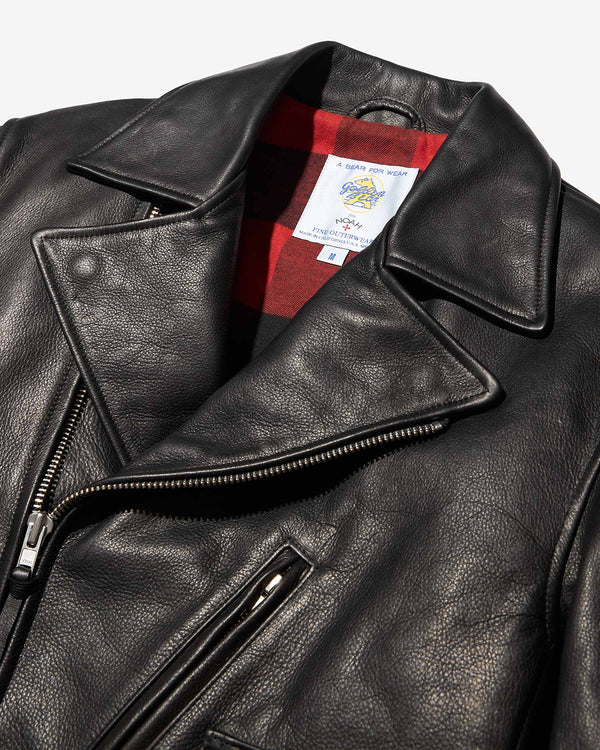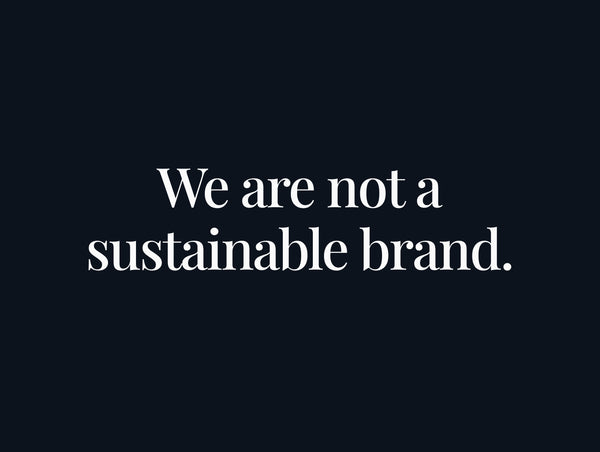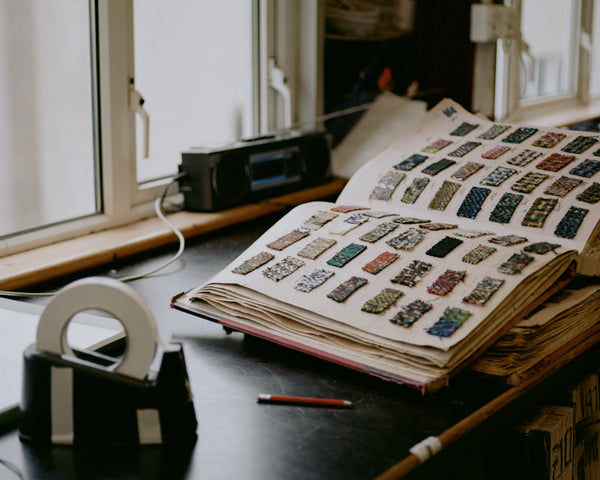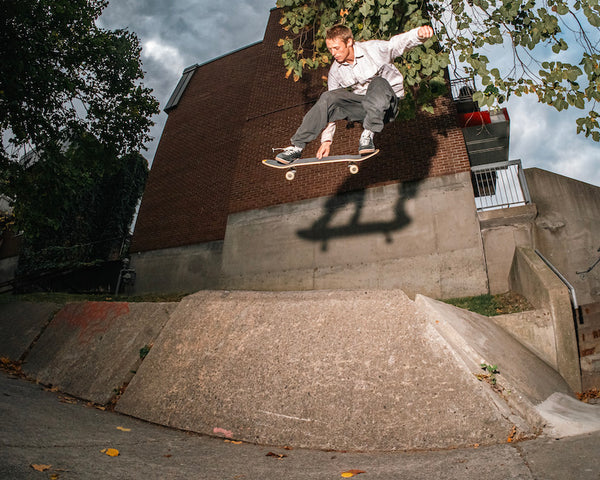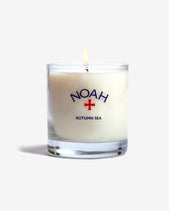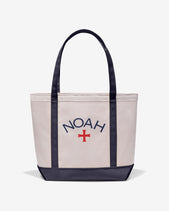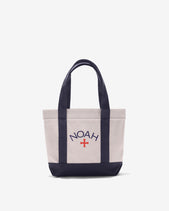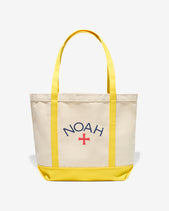We visited Oliver Jeffers in his Brooklyn Studio to discuss art, picture books and upcoming projects, all of which challenges us to redefine our understanding of modern day art.

Q: When people ask you what do you do, how do you respond?
A: All of my work is connected in my head, but I think outside of my head people have a hard time understanding. I only have one filter. I tailor the execution depending on what the concept is. The paintings and the picture books have always informed each other, sometimes stylistically, sometimes the color choice, sometimes its concept. I generally consider myself more of an artist [rather] than a storyteller.

Q: How did the children books come about?
A: The children’s book came about secondary. The first thing that happened was “fine art”. I always considered myself to be a painter. Many of the early paintings were about storytelling. I used to play around with words and pictures and try to suggest some kind of moment in narrative in one image by putting the words and pictures together. Then, I came up with this one concept that was of someone trying to physically catch something completely intangible, like a star. I’ve always loved that you can make total impossibilities, possible, with paint and with drawing. I’ve been re-reading a lot of picture books that I enjoyed when I was a kid and I realized that I still enjoy them as an adult. There was sophistication about them, and at that point I realized, yes! – this is what I want to do. Some of my favorite books, are a number of subjects, are in the form of picture books. I think because the economy of it and the suggestiveness and the forces simplicity. You can actually say and make very beautiful powerful points.
Q: What do you read, look at, and listen to outside of your own work?
A: You know I used to be very on top of music, but I’ve gotten so busy. So now I have a handful of friends who make suggestions for me. I don’t notice music when it’s on, unless it’s bad. I’m fine with myself listening to classical music while I’m working. As far as reading I tend to read non-fiction more than fiction. Part of me wonders what’s the point of reading things that didn’t happen? The same things tend to interest me again and again, which is this… how do we understand what we understand and how little do we know. I’ve always been fascinated with maps, so the next project I’m going to do is play around with maps which is why I’ve been collecting all these globes, making observations on how we see this world. That is what’s next, that and trying to raise a son.
Q: I think the first thing that caught our eyes were your dipped paintings. At what point did you decide that was the route you were going to take and was this the through process at the beginning of the project?
A: I felt that they wouldn’t be as intriguing objects if I just dipped the entire thing and told people I painted something underneath, whether I had or not. So by opening the door and showing people there is something here makes them more intriguing as objects. The whole project is about loss of memory and so the dipping will always cover some important aspect of the painting that gives people something worth remembering underneath. As far as the level, I have a rough idea of what I want to cover but then there’s an inch or two either direction. There are a few that I wanted to show the eyes but it just didn’t happen. There’s one all the way up to the forehead (I didn’t want to go that high), there’s another one that I wanted to cover more of it but it just didn’t happen.
Q: What is your latest project?
A: My next project is called “Measuring Land and Sea”. The concept extends back to the worlds of logic vs. emotion. People enjoy looking at both an actually psychical landscape and also a painting landscape, which is why they’ve been popular paintings for years. So I’m just basically providing an obstacle, a distraction from enjoying the serene view by putting all this excessive information in there that you don’t need. I am using fathoms – which is an outdated system of measurement. I’ve used fathoms because of the double meaning of the word fathom, for depth, and to understand. I’ve been working with a marine-biologist. He informed me that a lot of people don’t know that planet earth is actually the fifth best mapped object in our solar system behind Mercury, Mars, Neptune and the Moon. Because of the sea. When the advances of science took off people spent all their money and efforts looking into outer space, not into sea. So we don’t actually know what goes on down there. It questions how capable the human mind is of comprehending the unknowable vastness of the universe. I really am an optimist believe it or not. Just the idea that there’s so much we don’t know I find inspiring rather than intimidating.
Q: Where will this be showcased?
A: "Measuring Land and Sea" will be shown in London at a gallery called Lazarides from November until around Christmas.
We had the pleasure of featuring one of Oliver's pieces from the "Measuring Land and Sea" collection in the Noah store this Fall.

